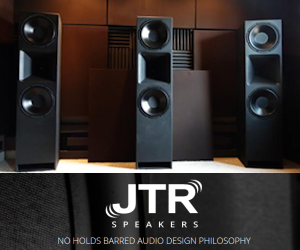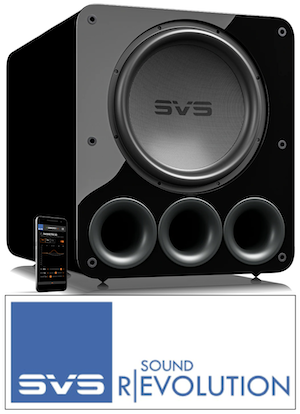Wayne you raise a great point. I think arguing the technical merit of a speaker is great fun, I do it all the time. But my dirty little secret is that I've heard speakers that I think sound absolutely amazing that do not, in any way, meet my criteria of an ideal speaker. That shouldn't be if one design is right and others are wrong. Yet that is my lived experience.
Since the embrago is now over I can finaly share that I am currently lucky enough to get to use the Philharmonic BMR Philharmonitor speakers. This amazing 3-way speaker is an ideal example of what I think is a "wrong" speaker. If my view that a controlled dispersion speaker with an elevated DI is the right speaker, then this speaker, one with an extremly wide dispersion, a totally flat DI that is very low, must be a "wong" speaker. Yet, I have to say, its a glorious sounding speaker. The soundstage isn't wrong, it isn't bad, its amazing, it's just different than what my Gedlee speakers produce.
It is a far more room dependent speaker, it's placement within the room isn't hard to get right, but it doesn't sound good against a wall. Moving acoustic panels in and out of the room's sidewalls make obvious differences. That isn't so with my Gedlee speakers. I really wanted to not like these speakers. I have huge respect for their designer, Dennis Murphy, and I think what he accomplished is amazing. A speaker with a response that flat over that wide of an angle is amazing. However, I just believed that I wouldn't personally like the speaker.
I can't help but conclude that there is more to good sound than these small design details. Is a smooth response important? Absolutely. Is an early reflection response that follows the shape of the direct response important? Absolutely. Does that early reflection response need to be attenuated significantly to sound good? Well, now I'm questioning that one.
And what's more interesting is that this speaker actually challenges some of the "rules" established in some of the research produced by Harman, likely because Harman has never tested a speaker quite like this (Olive and Toole have actually hinted that this is true). Because the power response of this speaker is so even and flat, it's in-room response is far flatter than that of a typical speaker. It sounds good, but that means applying room correction or adding subwoofers require that you no longer follow the typical rule of thumb. This speaker actually sounds good with a relatively flat in-room response.
http://www.philharmonicaudio.com/BMR Philharmonitor.html
What this speaker struggles with, which is really not bothersome under most circumstances, is dynamics. It's not nearly as efficient as my normal speakers, and the BMR midrange and ribbon tweeter both show signs of compression at modest levels.
And this isn't the only speaker that has challenged my ideals. It's probably the most extreme example, but others exist for sure.










